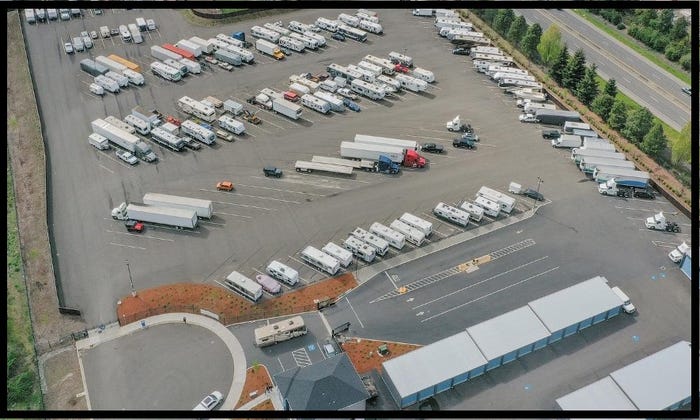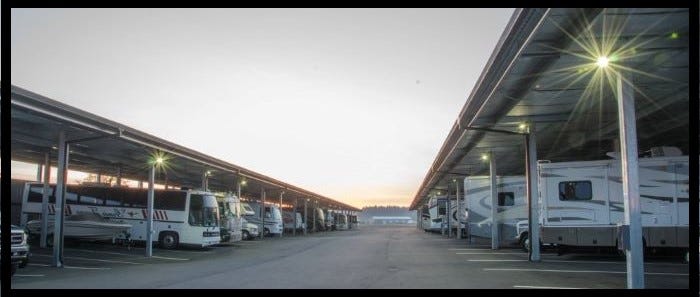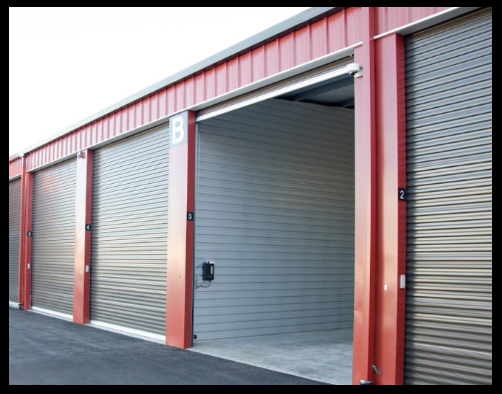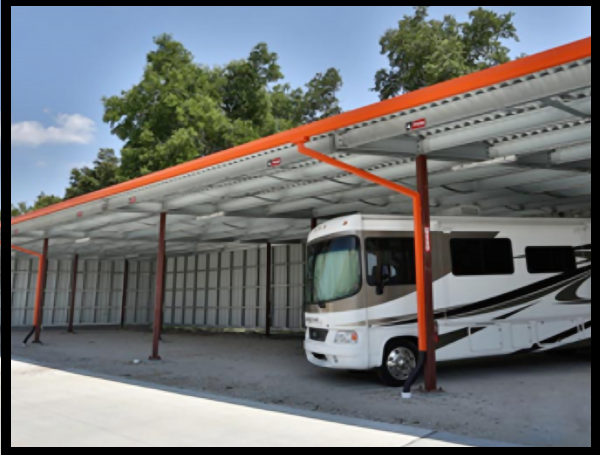Hopping on the Boat- and RV-Storage Bandwagon? Follow These Tips to Build the Product Successfully
More people are buying boats, RVs and other weekend “toys” but often lack the space to park them. If your self-storage facility is in the right market, creating dedicated space to accommodate customers within this market niche can be quite lucrative. Find out what it takes to build the product successfully.

While boat and RV storage is by no means new to the self-storage industry, its importance and potential have never been more pronounced. As operators seek to refine and diversify their offerings, this niche has emerged from the background as a real star.
Despite uneasy economic times, consumers are still seeking outdoor adventures, a trend that dramatically escalated during the COVID-19 pandemic. With the rise of recreational lifestyles, an increasing number of people now own boats, RVs and other weekend “toys.” However, many also live in apartments or homes that lack storage for these assets. Even if they have the space, homeowners associations may not allow storage of large vehicles on the premises. Plus, building proper coverage for these items can be expensive and time-consuming.
Hence, there’s a great demand in many markets for boat and RV storage, creating an opportunity for new and existing self-storage operators. This article ventures into the benefits of this seasoned, yet still expanding sector, then offers development insight for owners seeking to add this product to an existing facility or incorporate it into a new development.
Benefits
As a self-storage operator, diversifying your offerings can be a safeguard against economic fluctuations. By catering to boat and RV customers, you can meet consumer demand and tap into a lucrative market segment. In fact, vehicle storage offers inherent benefits over traditional self-storage:
Many markets don’t offer a lot of boat and RV storage, meaning there’s little competition for the customer base.
Given their size and the value of the assets they protect, these spaces command premium rental rates.
Boat and RV owners often require long-term rental, ensuring consistent revenue. Whether they store their vehicle year round or they’re a repeat seasonal renter, once a customer finds a facility that meets their needs, they’re often inclined to stay or come back.
Feasibility
Regardless of these advantages, boat and RV storage won’t work in every location. Venturing into this market requires astute planning. Obtaining a feasibility study can help ascertain the project viability. For example, an in-depth analysis of local demographics can provide insight to potential demand. Proximity to lakes, popular road-trip routes or vacation spots can also indicate a higher need for this service.
You also need to make sure you have the right location and enough space to accommodate boats and RVs. No one wants to drive their vehicle through congested city streets to get to your property; nor do they wish to travel along an unpaved road to a facility away from town. The best locations are off highways or major roads, as they’re easier to reach and clearly visible.
Unit Types
Once you’ve established that boat and RV storage can work at your self-storage facility (or even as a standalone product), you need to determine what type of units to offer. These customers may have a range of needs, so offering a variety of solutions will help you cater to a broader client base.
There are three main types of boat and RV storage. Let’s explore them.
Open parking is just what it sounds like. The customer gets an assigned space in a lot. While these are the easiest to set up, they offer no environmental protection, leaving vehicles open to the elements and potential theft. Because of the simplicity of this offering, you often can’t charge very much by way of rent. In some municipalities, open parking isn’t even allowed.

Open-space parking
While more expensive than open space, covered canopy storage is relatively low-cost to build. Vehicles are somewhat protected from the elements, which is more appealing to customers. This means you can charge higher rental rates. There are three design options:
Roof system only (open on all sides)
Canopy with a back wall or one side wall, which may comprise part of the facility perimeter
Canopy with walls on three sides, which may include one space or multiples divided by partitions

Canopy storage
The most premium option is the enclosed unit, which is essentially a private garage. This type is the most expensive and time-consuming to construct, but it’s also the most appealing, as it offers the best protection from the environment and theft. It brings in the highest rental rates of the three storage types.
Some developers take enclosed vehicle-storage units to a whole new level and create what’s known as condo storage. In this scenario, the tenant purchases the unit rather than renting it and can therefore customize the space with enticing amenities such as a mezzanine level, upgraded flooring, utility hook-ups, a restroom and more. Facilities offering condos also generally provide a shared clubhouse and other conveniences for customers.

Enclosed parking
Offering one or any combination of these storage-unit types designed for boats and RVs can diversify your self-storage business and help you stand out from competition.
Site Layout
When planning the layout for a boat/RV-storage facility, land utilization is vital. On average, there’s a 35% to 45% coverage ratio per acre. This is lower than the ratio for traditional self-storage due to the need for larger drive aisles. Adequate space is crucial for easy maneuvering without risking damage to vehicles or your facility.
The typical minimum width for drive aisles is around 38 feet for canopy storage (assuming a 60-degree angle for the spaces), and 50 feet for enclosed storage. Corners can also be tricky, so making spacious turning areas can help prevent accidents.
Height clearance is also extremely important. Make sure your site can accommodate taller RVs, especially if you're offering covered or enclosed units.

Three-sided canopy storage
Amenities
To stand out in a competitive self-storage market, consider adding amenities that elevate the consumer experience. For example, keeping an RV or boat clean is essential to its longevity, so offering a washing station can be a significant draw and potential revenue source. Dump stations and electrical hook-ups can be vital for vehicle maintenance. Enhanced security is also beneficial and even necessary. Given the value of these assets, extra-secure fencing, cameras and lighting can help enhance your offering.
When contemplating these services, weigh the initial setup and maintenance costs against the potential return in increased rentals, revenue or customer loyalty. If you only have a handful of boat/RV-storage spaces, it may not make sense to add them.
Tapping into the boat and RV segment can be a game-changer for many self-storage businesses. It promises a steady, consistent business, higher income and the opportunity to diversify. However, success requires meticulous planning, understanding the unique needs of the customer base, and continually adapting to market demand. By staying attuned to the pulse of the industry and offering superior value, facility operators can ride this lucrative niche to greater success.
Andrew Thein is the marketing coordinator for MakoRabco, which specializes in self-storage and boat/RV-storage building design, supply and installation. Established in 1993, the company operates from offices in Carlsbad, California, and Winter Garden, Florida. To reach him, call 619.251.0430 or email [email protected].
About the Author(s)
You May Also Like





